In the September of 1464, Edward IV made a surprise announcement during a discussion of this subject, and to the amazement of many, Edward indicated that the idea of marriage was indeed a good one, he never batted an eyelid at the suggestion of a French bride, even though he himself favoured Burgundy. After a long silence, he finally relayed the fact that he had already made his choice and in fact, he had already married one Elizabeth Grey, a member of the lowly Woodville family of Northamptonshire.
For Warwick Edward’s news was shattering, he had already pledged Edward in marriage to the sister of the queen of France. Edward's irresponsible behaviour humiliated Warwick and ruined his plans, his prestige both at home and abroad was in tatters, and to say that Warwick was enraged would be an understatement, the dagger of betrayal had cut too deep, and it was a wound that would never heal. By 1469 he had turned his coat and had gone over to the Lancastrians, by 1470 he had restored Henry VI to the throne.
Has history been unfair to Warwick? The mind boggles at the thought of what might have been if he had stayed onside in 1469, certainly the Lancastrian cause would have been weaker without him. Did he really think he could rule without a crown? I believe Richard Neville did consider that there was nothing that was beyond his grasp, nothing that could not be overcome yet for someone so brilliant he never considered a failure, he never saw himself teetering at the top of a slippery slope that leads to an abyss.
To end, the words of Philippe de Commynes apply quite nicely here, I think.
and have suffered so much from passions and cares and shortened their lives, and perchance their souls will pay for it.
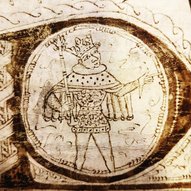
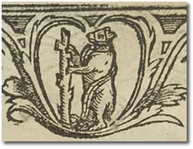
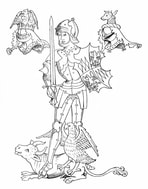
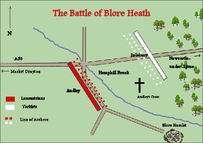
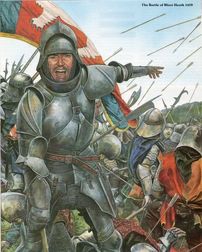
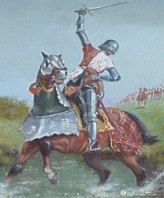
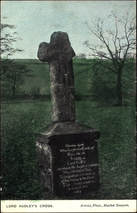

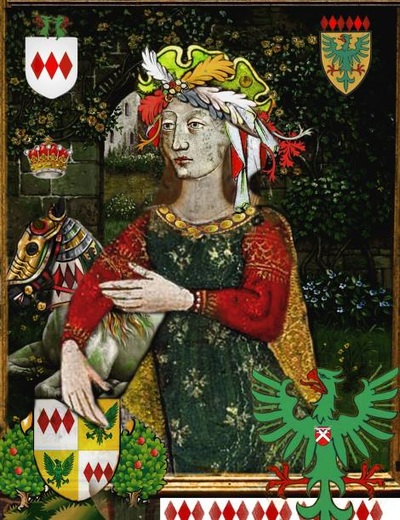
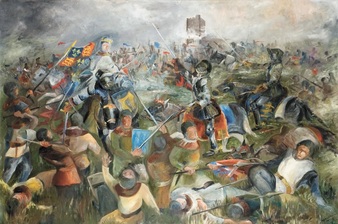
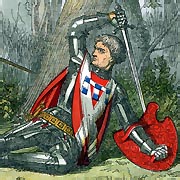
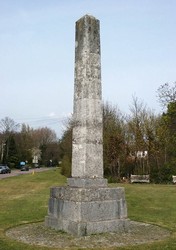
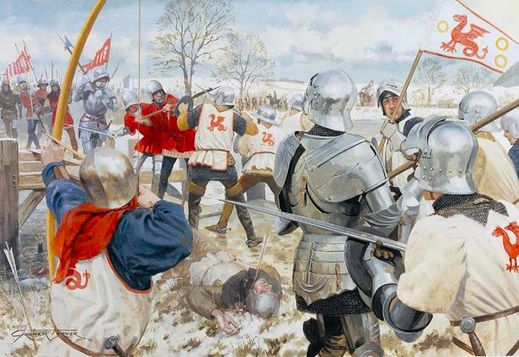
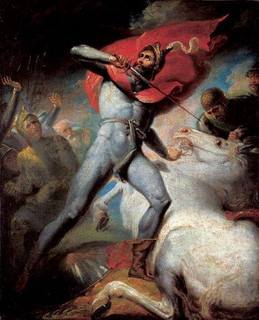
 RSS Feed
RSS Feed
